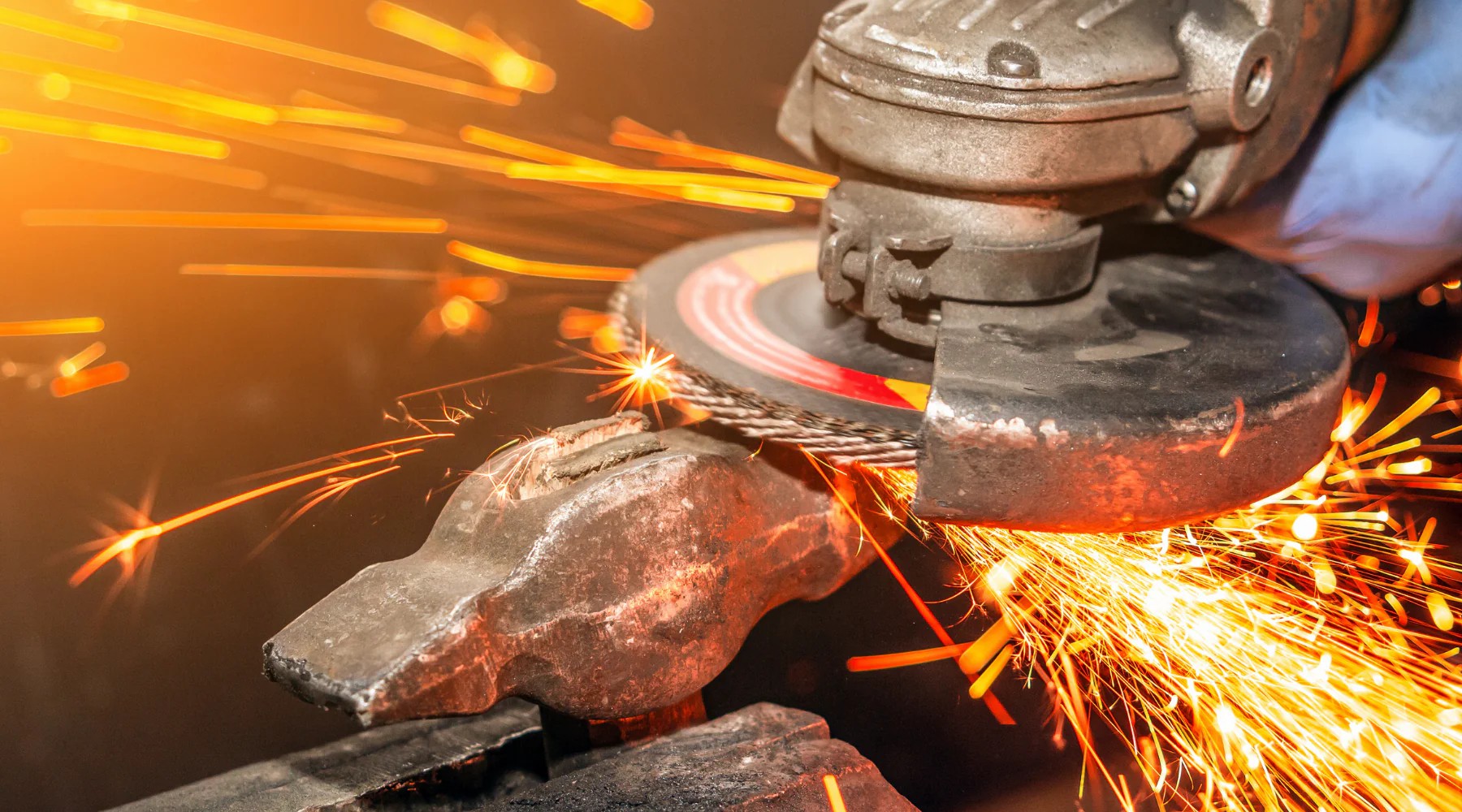


 349,500 Offered Certificates
349,500 Offered Certificates
 24/7 Online Training
24/7 Online Training
 Money Back Guarantee
Money Back Guarantee
 Fully Accredited Courses
Fully Accredited Courses

Created at: 23-02-2025 00:20
Abrasive wheels are crucial tools in various industries, enabling effective cutting, grinding, and polishing activities. However, their use presents significant safety risks that can lead to severe accidents if not properly managed. Understanding these risks and the importance of training is essential for both worker safety and operational efficiency.
Improper handling of abrasive wheels can lead to a range of workplace hazards. Here are some of the most common risks:
Proper training is vital in identifying hazards and implementing safety measures. Here are several ways comprehensive training programs can enhance workplace safety:
Proper training has been credited with preventing serious accidents in multiple instances. Here are a couple of poignant examples:
A manufacturing company implemented a rigorous Abrasive Wheels Course for its workers. During the training, they learned about the correct procedures for inspecting wheels before use. A worker identified a wheel that showed signs of wear and requested a replacement. This precaution potentially saved numerous injuries, highlighting the importance of training.
A construction firm reported a significant reduction in accidents related to abrasive wheels after hosting an Abrasive Wheels Safety Course. Workers were trained on safe operating procedures and informed about emergency protocols. When a near-accident occurred, employees effectively executed their training, applying first aid and notifying emergency services, ensuring minimal injuries occurred.
To create a safer working environment when using abrasive wheels, companies should adopt the following best practices:
Investing in certified Abrasive Wheels training is not just a legal obligation; it’s a moral one. The safety of workers should always be a priority. With effective training, companies can mitigate risks, prevent accidents, and ensure a safe working environment. To learn more about our training programs and to enroll, feel free to reach out at [email protected].